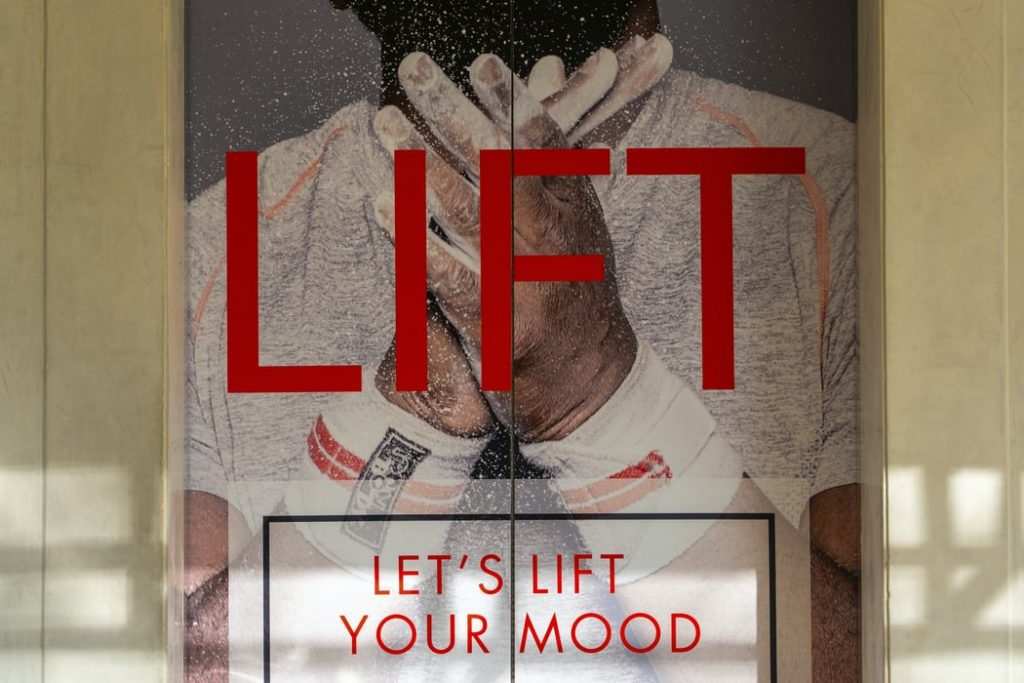
NOVEMBER 2020
What Is Psychographic Marketing And How To Use It ?
The face of marketing has transformed tremendously over the years. Handed-down marketing practices with a heavy reliance on individual creativity have transitioned to data-based marketing strategies with proven ways for sustained results. With all the developments we have made in science and technology in the past few decades, it’s no surprise that marketers are increasingly seeking to power their marketing campaigns through a formidable integration of sci-tech.
This integration has naturally trickled down to one of the core tenets of good marketing – “Know thy customer”. The need to understand the customer’s mind fueled with the resources to better gauge psychological metrics has given rise to a powerful tool – psychographic marketing. But if you didn’t get the memo for how psychographic marketing has been revolutionizing how brands perceive and address their customer’s needs, this article is just for you.

The Million-Dollar Question!
Now the question that would have been driving you and every other uninformed marketer crazy by now is – what is psychographic marketing though? This million-dollar question has a very straightforward answer. Psychographic marketing is a marketing practice that involves studying your buyer’s psychological traits and characteristics so you can market to them more accurately. It focuses on their values, desires, goals, and lifestyle choice to attract and appeal better than before. It allows you to get in-tune with your customers’ emotions and hum along the same song.
You might be wondering how this is anything new. After all, don’t most marketers already take great pains to know their customers through their demographics and buying behavior? From spending hundreds and thousands of dollars on running social media ads to offering massive discounts, many marketers bleed their budget dry to see that sales graph go north. But then there was a shift in the marketing thought process – instead of burning bank on campaigns then course-correcting based on results, why don’t we directly understand what our clients want and deliver it to them in the first place? This is where psychographics come in.
Psychographics helps you focus on your customers’ sentimental state to drive in results. Psychographic study is like demographics study, but instead of focusing on people numbers, it focuses on people’s emotions.
Psychographic Segmentation
It’s a common marketing practice to categorize your audience into age-groups, social class, income, and several other such factors. An important categorization exercise called market segmentation helps you focus on your customer pain points, and not just cold hard facts. With tailor-made content to feed their doubts, you can deliver your offerings to them on a red carpet.
But unlike demographic segmentation that clusters your audience into homogenous groups, psychographic segmentation segregates them into subjective individuals. In other words, you not only get to know who your audience is in a broader sense, you understand the nuances of why individuals buy into your brand as well. The psychographic elements that follow below are great metrics to understand your client like your next door neighbour.

Personality
Your personality consists of specific traits and characteristics that make you unique. Owing to how charming you come across, you can either draw people in or push them away. When your customers form a positive image of your brand, they are more likely to buy into it. It’s safe to say then, that consumer behavior is very much related to your brand personality. Once you get a scope of their personality traits, your product and content can cater to them directly. For instance, an outdoorsy brand like REI’s features nature and rustic settings in its content to draw in nature lovers and adventures.
Interests
In a hypothetical case, two women from the same age group could be potential customers for a luxury women’s clothing brand. But in reality, the socialite will be amenable to the idea, but the thrift-store dresser will hardly give it a second glance. Although both women seem potential customers because of their gender and age group, their lifestyle choices prove that only one woman out of two will prove to be a promising customer. Lifestyle choices thus play a huge role in your customers’ buying behavior.
Values
Your customers’ values and beliefs can sometimes cost more than your products. Also, it’s not uncommon that they buy your products or invest in your brand because of these deeply-entrenched values. For example, if an e-commerce retail brand has eco-conscious customers, it will offer eco-friendly products and packages. Accordingly, when your customers’ values resonate with your brand, they will share much more than a casual affinity towards it.

How To Get And Use Psychographic Data?
The above characteristics collectively contribute to the psychographic insights about your customers, empowering you to dig deeper into your user personas. Feeding their feelings, you can market your products and services to the right audience in the right manner. But then again, you cannot get this crucial information from their demographics alone. Nor can you take a magic pill to instinctively know what your customers think and need. To obtain psychographic data, marketers resort to several methods, such as –
- Interviewing current clients
Instead of venturing headfirst into unknown territory, how about you take it slow? And by slow, we mean talking to your current clients first. Ask yourself the question – how well do I know my clients? Mind you, their mail ID and contact information don’t count. To know more about their interests and beliefs, contact them directly, and ask more intimate questions. You can opt to survey them for some added inside scoop. A candid conversation can shed light on what you did well and what you can improve upon, thus appealing to them further and offering your services better than before. Once you have a good setup in place with results to prove it, you can use it as a template for all future client interviews.
- Investing in website analytics
You can always make the most with what you have by looking into your website analytics. Put on your investigation cap and carefully look for clues in your content, structure, and flow. What was it that made your users click, buy, and, spend time on your website? As you study their reaction, you can also analyze how successful you have been in your marketing strategy.
Conclusion
By interviewing customers and studying their behavior more closely, you can get a pretty good idea about what drives their desires and disappointments. Before you bait them with a nice discount and pretty words, it can be a game-changing practice to first engage with your customers and go over their psychographic data. Learning their psychographic traits, you can perceive how their priorities and success factors influence their buying decisions.
Once you get to know them as well as you yourself, you’d know what pictures to post, what topics to blog about, and what ads to target. Psychographic marketing gives you invaluable behind-the-screen footage of your customers, which might be just what you need to better predict their behavior, expect their action, and make your move.


